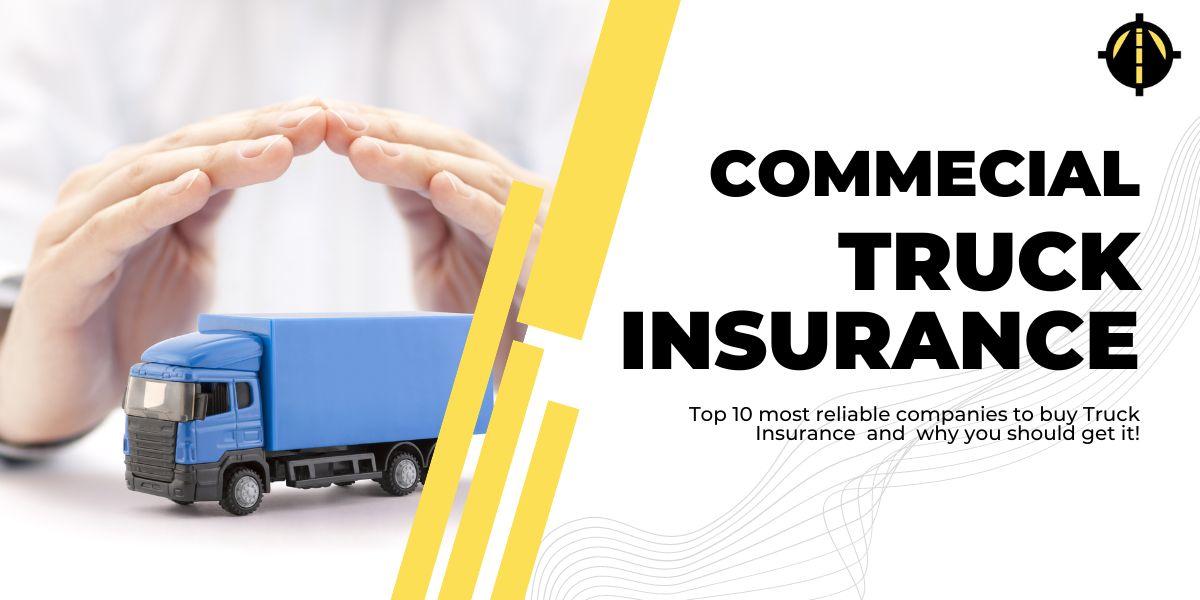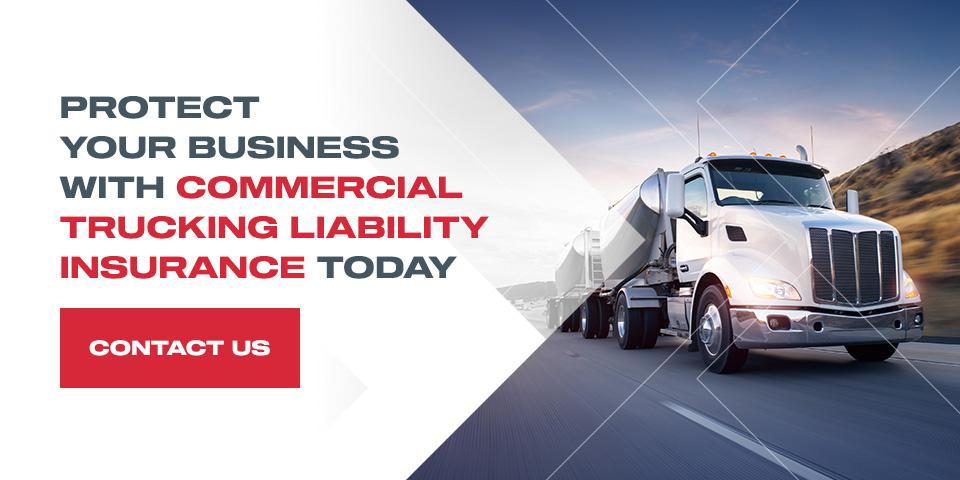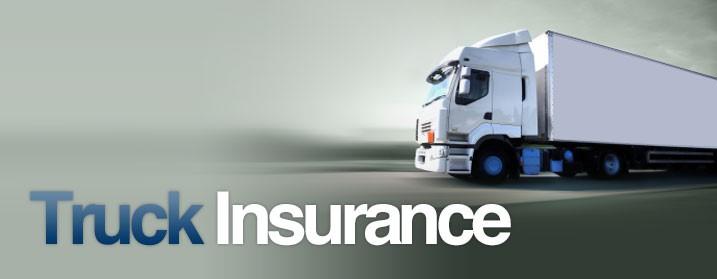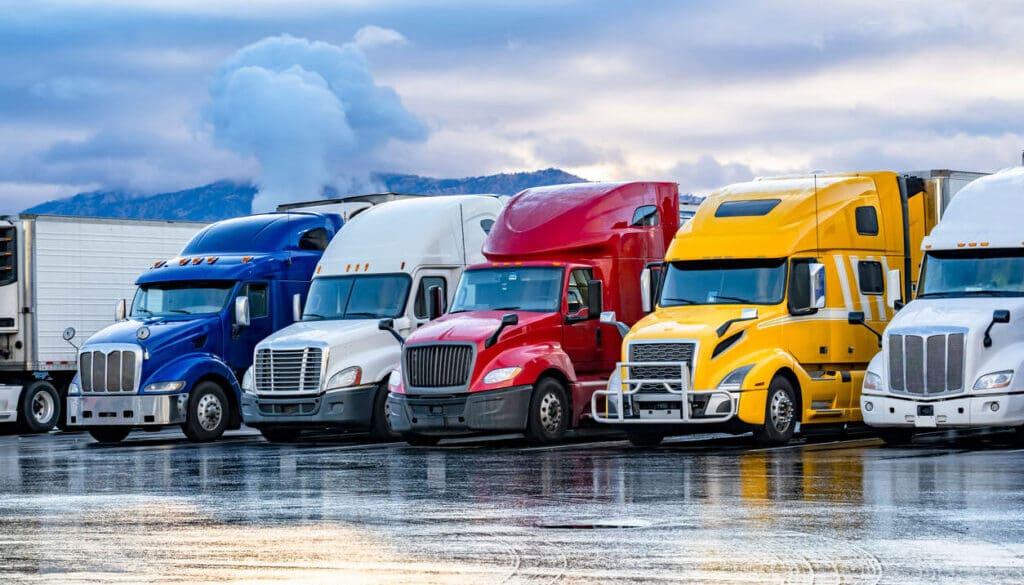In the vast expanse of the open road,commercial trucks carry not just cargo but also the weight of countless responsibilities. For fleet owners and independent operators alike, navigating the complexities of commercial truck insurance can feel like steering through a labyrinth. With a range of coverage options available, determining what you truly need can be a daunting task. No two trucking businesses are alike, and the right policy can mean the difference between a smooth journey and a financial detour. In this article, we will unravel the essential layers of commercial truck insurance, exploring key coverages that safeguard your assets, ensure compliance, and provide peace of mind as you traverse the highways and byways of your industry. Whether you’re an experienced veteran or a newcomer to the road, understanding the nuances of your coverage options is the first step towards securing your future in the fast-paced world of commercial trucking.
Understanding the Basics of Commercial Truck Insurance
When navigating the world of commercial truck insurance, it’s crucial to grasp several basic concepts that form the foundation of your coverage. This type of insurance is specifically designed to protect businesses that rely on trucks for their operations, whether for transporting goods or providing services.A few essential coverage options include:
- Liability Coverage: Mandatory in most states, it shields you from claims resulting from injuries or property damage caused by your truck.
- Physical Damage Coverage: This covers the repair or replacement costs for your truck in the event of accidents, theft, or disasters.
- Cargo Insurance: Essential for transporting goods, this protects against loss or damage to cargo while in transit.
- Uninsured/Underinsured Motorist Coverage: This safeguards against damages if you’re involved in an accident with a driver lacking sufficient insurance.
Understanding these components is the first step to selecting the right policy. Additionally, factors like the type of trucking operation you run, the routes traveled, and even the types of cargo carried will significantly influence your insurance needs. Consider creating a tailored insurance plan that reflects your specific business requirements. The table below outlines some of the key factors that can affect your insurance rates:
| Factor | Impact on Rates |
|---|---|
| Driving History | better history typically leads to lower premiums. |
| Type of Cargo | Hazardous materials may incur higher costs. |
| Truck Value | Higher value results in increased coverage costs. |
| Business Location | Certain areas may have higher accident rates. |

Key Types of Coverage Every Trucking Business Should Consider
When operating a trucking business, selecting the right insurance can be complex. However, certain types of coverage are essential for safeguarding your operations against unexpected incidents. Liability coverage is the cornerstone of commercial truck insurance, protecting you against legal claims resulting from accidents causing injury or property damage to third parties. Additionally, physical damage coverage is critical, as it ensures that your trucks are protected against incidents such as collisions, theft, or vandalism, which can be financially devastating. Furthermore, consider cargo insurance, which covers the value of the goods transported in your truck, shielding your business from losses due to damage or theft.
Some other crucial coverages to think about include bobtail insurance, which provides coverage when the truck is being driven without a trailer; uninsured/underinsured motorist coverage, ensuring you are protected in case of an accident with a driver lacking sufficient insurance; and workers’ compensation, which protects your employees in the event of on-the-job injuries. Here’s a quick overview of some key types of coverage that should be on your radar:
| Coverage Type | Description |
|---|---|
| Liability Coverage | Protects against claims from accidents causing injury or property damage to others. |
| Physical Damage Coverage | Covers repairs or replacement costs for your trucks due to damage or theft. |
| Cargo Insurance | Insures the value of goods being transported against loss or damage. |
| bobtail Insurance | Provides coverage when driving the truck without a trailer attached. |
| workers’ Compensation | Protects employees from work-related injuries and provides necessary benefits. |

Evaluating Risks: Tailoring Your Insurance to Fit Your Fleet
Assessing the risks your fleet faces is the first step toward understanding the right insurance coverage for your commercial trucks. Factors like the types of loads you carry, the routes your drivers take, and the terrain they navigate can all influence the level of protection you need.It’s crucial to conduct a thorough evaluation of these elements to identify vulnerabilities that could lead to significant losses. When considering your insurance options, think about:
- Safety records: Review your drivers’ histories and the frequency of accidents.
- Vehicle age and type: Newer models may require less coverage due to advanced safety technologies.
- Geographic location: Areas with high theft rates or severe weather may need more extensive policies.
- Payload considerations: Heavier loads may necessitate higher liability limits.
Once you’ve grasped your fleet’s risk profile,the next step is to ensure your insurance policy reflects these insights. Diffrent types of coverage serve different needs, and tailoring your policy can lead to cost savings and greater peace of mind. The following table provides a breakdown of common types of coverage and their relevance:
| Coverage Type | Purpose |
|---|---|
| Liability insurance | Covers damages to third parties in accidents caused by your drivers. |
| Physical Damage | Protects your vehicle against theft, vandalism, and damage. |
| cargo Insurance | Covers the loss or damage of goods being transported. |
| Bobtail Insurance | Offers protection when trucks are being driven without their trailers. |
| Uninsured/underinsured Motorist Coverage | Protects against accidents with drivers lacking sufficient insurance. |
Cost-Effective Strategies for Choosing the Right Coverage
When selecting commercial truck insurance,it’s essential to evaluate your specific needs to avoid unneeded expenses. Start by understanding the type of cargo you transport, as this will influence the type of coverage you require. Such as, if you carry hazardous materials, you’ll need specialized coverage. In addition, consider the value of your vehicles and the unique risks associated with your routes. Here are some strategies to keep costs down while obtaining appropriate coverage:
- Bundle Policies: Look for insurers that offer multiple coverage options, allowing you to bundle your truck insurance with liability or cargo insurance.
- Higher Deductibles: Opting for a higher deductible can lower your monthly premiums,but ensure it’s an amount you can afford in case of a claim.
- Regularly Review Policies: Assess your coverage annually to identify areas where you can save, as your business needs may change over time.
It’s also beneficial to compare quotes from different insurance providers, as rates can vary significantly. Create a simple table to visualize your options based on coverage limits and pricing:
| Insurance Provider | Basic Coverage | Deductible | Monthly Premium |
|---|---|---|---|
| Provider A | $1,000,000 | $1,000 | $250 |
| Provider B | $1,500,000 | $1,500 | $300 |
| Provider C | $1,200,000 | $1,200 | $275 |
Prioritize coverage that fits your operational needs while considering cost efficiency to ensure your business runs smoothly and remains protected on the road.
Key Takeaways
As we navigate the winding roads of commercial truck insurance, it’s clear that understanding your coverage options is not just a matter of compliance, but a vital part of safeguarding your business. Each truck,driver,and cargo presents unique challenges and risks,making it imperative to tailor your policy to fit your specific needs. whether you’re hauling goods cross-country or making local deliveries, the right insurance not only protects your assets but also offers peace of mind as you hit the open road.
Take the time to assess your operations, evaluate potential risks, and consult with an experienced insurance professional to ensure you have the protection that’s right for you. a well-informed choice can steer your business toward a smoother and more secure journey ahead. So, gear up, dive deep into the details, and remember: the road may be long, but the right coverage can make all the difference. Safe travels!
